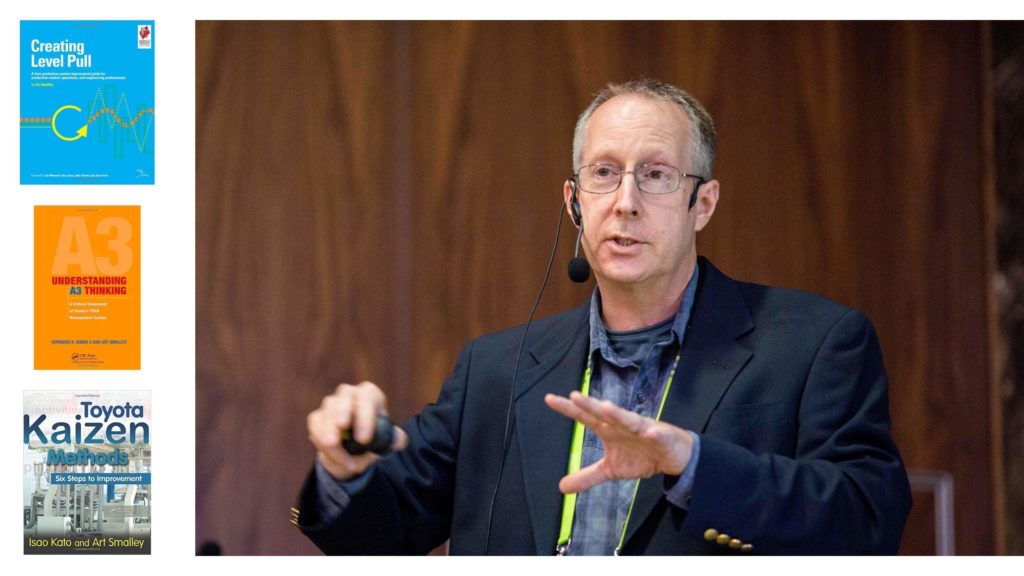Learning is fundamental to a successful Lean transformation. It should be both embedded into any Lean implementation (process) and be part of the outcomes (results). The theme for our 2016 Lean Summit is Lean Learning, Learning Lean. This year we want to explore how the best organisations are learning to learn and how we can learn Lean more effectively.
One-way Lean Thinkers learn is through problem solving. Developing problem solving capability must be a core part of the DNA of any aspiring Lean organisation. For example, thinking about the organisational problems to solve, how to improve the value creating work of the organisation, how to develop individual capability or how to develop and improve the management system.
Whilst a lot has been written about problem solving, there remains a fair amount of confusion on the topic. For example, we are often asked when it’s right to use an A3 or when particular tools and techniques such as 5 whys or the seven quality tools should be used. We also get lots of questions about transitioning from a six sigma approach (using DMAIC) to a Lean one.

To some extent these questions miss the point. Instead of being fixated on what to do, perhaps we should be concerned with the type of problem we are trying to solve and, more importantly, how to think about it. To that end, we’ve invited Art Smalley, author of “Creating Level Pull” and co-author of “Understanding A3 Thinking” and “Toyota Kaizen Methods” to our Summit. You can find out more about Art at http://artoflean.com/. In his latest book, Art articulates the basic thinking – a framework – that helps us make sense of the problems we face on a day by day basis and describes “Four Types of Problems” that require “Four types of Problem Solving.” These are:
- Troubleshooting – a reactive process of rapidly and often temporarily fixing problems.
- Gap from standard problem solving – solving problems in relation to existing standards or conditions.
- Target state problem solving – achieving new , better standards or conditions (kaizen.)
- Open ended problem solving – tackling problems when we may not know exactly where we are heading, often resulting in innovations that we didn’t even anticipate.
For any lean thinker Art’s insights provide a step change in thinking around lean transformation and problem solving. Helping you to minimise problem solving errors and develop problem solving skills, which ultimately increase the effectiveness of all our improvement efforts.
Each year customers tell us that our Summit is the not to be missed lean event of the year for any leader, senior manager or lean practitioner wanting to transform and or sustain the gains from their lean efforts.
You can find out more about the programme and reserve your place at www.leanuk.org/leasummit2016 taking advantage of our early booking discount. We look forward to seeing you in November.